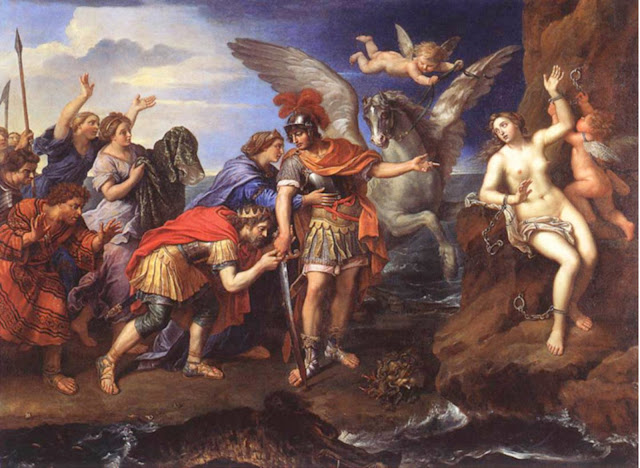“Necessity is the mother of invention.” - Plato
The Perseid meteor shower appears every year at around this time in the skies of the northern hemisphere. The phenomenon has been observed since at least 830 AD and has delighted night sky observers year after year. Gazing up at the cloudless skies, near the constellation of Perseus up to 60 meteors appear per hour, lighting up the sky with falling stars.
A meteoroid is any interplanetary body of relatively small size that enters the Earth's atmosphere. In colliding with atmospheric atoms and molecules at high velocity, the object begins to burn up and heats the air around it. The resultant luminous phenomenon is called a meteor. If the object survives its plunge through the atmosphere and lands on the ground, it is termed a meteorite. Meteoroids vary in size from small rocks to large boulders weighing a ton or more.
The Perseid meteor shower appears every year at around this time in the skies of the northern hemisphere. The phenomenon has been observed since at least 830 AD and has delighted night sky observers year after year. Gazing up at the cloudless skies, near the constellation of Perseus up to 60 meteors appear per hour, lighting up the sky with falling stars.
A meteoroid is any interplanetary body of relatively small size that enters the Earth's atmosphere. In colliding with atmospheric atoms and molecules at high velocity, the object begins to burn up and heats the air around it. The resultant luminous phenomenon is called a meteor. If the object survives its plunge through the atmosphere and lands on the ground, it is termed a meteorite. Meteoroids vary in size from small rocks to large boulders weighing a ton or more.
Perseus, in Greek mythology, was the son of Zeus and Danaë, the daughter of Acrisius of Argos. As an infant he was cast into the sea in a chest with his mother by Acrisius, who knew of a prophecy that said he would be killed by his grandson. The chest grounded on the island of Seriphus where Perseus grew up. King Polydectes of Seriphus, who desired Danaë, tricked Perseus into promising to obtain the head of Medusa, the only mortal among the Gorgons (winged female creatures of a terrible beauty, whose hair consisted of snakes).
Helped by the gods Hermes and Athena, Perseus pressed the Graiae, sisters of the Gorgons, into helping him by seizing the one eye and one tooth that the sisters shared and not returning them until they provided him with winged sandals (with which he could fly), the helmet of Hades (which made him invisible), a curved sword, or sickle, to decapitate Medusa, and a bag in which to conceal the head. Because the gaze of Medusa turned all who looked at her to stone, Perseus guided himself by her reflection in a shield given him by Athena and beheaded Medusa as she slept. He then returned to Seriphus and rescued his mother by turning Polydectes and his supporters to stone at the sight of Medusa’s head.
On his way to Seriphus, Perseus rescued the Ethiopian princess, Andromeda. Andromeda’s mother, Cassiopeia, had claimed to be more beautiful than the Nereids (sea nymphs), so Poseidon had punished Ethiopia by flooding it and plaguing it with a sea monster. An oracle informed Andromeda’s father, King Cepheus, that the ills would cease if he offered Andromeda to the monster as a sacrificial victim, which he did. Perseus, passing by, saw the princess and fell in love with her. He turned the sea monster to stone by showing it Medusa’s head and afterward married Andromeda.
Later Perseus gave the Gorgon’s head to Athena, who placed it on her shield, and gave his other accoutrements to Hermes. He accompanied his mother back to her native Argos, where he accidentally struck her father, Acrisius, dead when throwing the discus, thus fulfilling the prophecy that he would kill his grandfather. He consequently left Argos and founded Mycenae as his capital, becoming the ancestor of the Perseids, including Heracles. The Perseus legend was a favourite subject in painting and sculpture, both ancient and Renaissance. The chief characters in the Perseus legend, Perseus, Cepheus, Cassiopeia, Andromeda, and the sea monster (Cetus), all figure in the night sky as constellations.













I love to learn so this was a delight to read. Thanks for bringing this wonderful story to light again for me.
ReplyDeleteAlso thanks for visiting my blog.